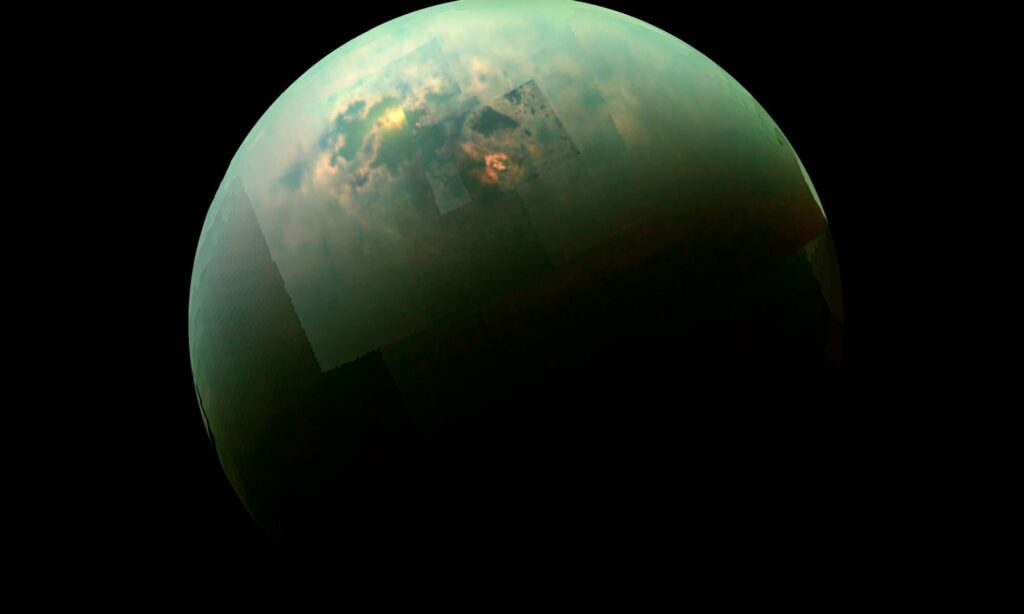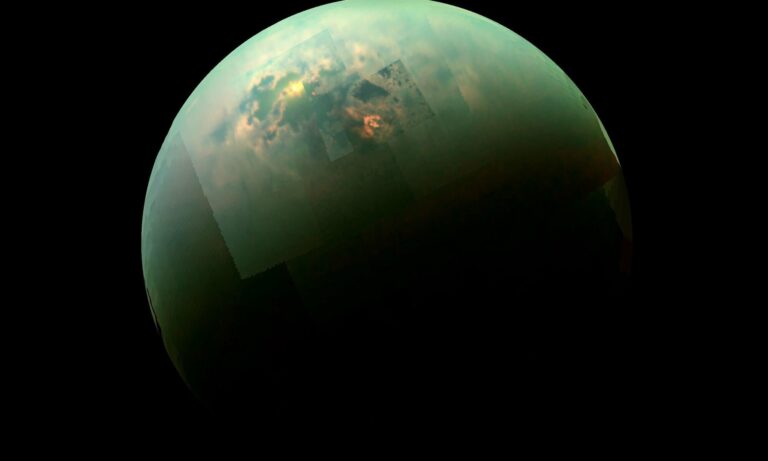Life on Earth Utilizes Water as a Solvent. What Alternative Solvents Could Sustain Life as We Are Unfamiliar with It?
There exists an extensive assortment of potentially inhabitable planets in the universe, suggesting that there could be a remarkable diversity of life forms beyond our comprehension. These life forms could be built on silicon instead of carbon, or they could breathe hydrogen instead of oxygen. Nevertheless, regardless of how peculiar and extraordinary alien life may be, it still adheres to the same chemical principles as life on Earth, which means it requires a chemical solvent.
On our planet, water (H2O) serves as this solvent. Water has the ability to dissolve certain molecules, providing organisms with access to a variety of materials. Additionally, as a liquid, water facilitates the mixing and interaction of complex molecules. The solvent and fluid properties of water are indispensable for terrestrial life, and since water is a prevalent molecule in the universe, its crucial role in supporting life is not surprising. However, is it possible for other common molecules to serve as the solvent for life? Can alien life emerge on distant planets without the necessity of water? These are the questions explored in a recent article published on the arXiv preprint server.
The authors of the article establish four general criteria for solvents that are conducive to supporting life: they must dissolve certain molecules while excluding others, they must be capable of participating in the metabolism of living organisms, a wide range of complex organic molecules must be able to endure in the solvent, and it must be commonly found on specific rocky planets for billions of years.
Among all the known common solvents, only water unequivocally satisfies all four criteria. Ammonia (NH4) fulfills the first three criteria, but it is unlikely to meet the fourth criterion as it readily decomposes when exposed to ultraviolet light. Furthermore, wherever ammonia is likely to persist, water is also likely to be present. Therefore, while ammonia may have a role in supporting life on other planets, it is improbable to be the primary solvent. However, there are two molecules that come remarkably close to water.

Concentrated sulfuric acid (H2SO4) is the first substance to be discussed. Despite its extreme danger to life on Earth, it fulfills three important conditions. However, it remains uncertain whether a diverse range of organic molecules can exist within it. Similar to water, sulfuric acid can provide ions for electric charge exchange and interact with certain compounds like aromatic molecules. Nevertheless, there is another molecule that rivals water in terms of usefulness and abundance: carbon dioxide (CO2).
Carbon dioxide is widely prevalent. The atmospheres of both Mars and Venus consist mostly of CO2, and it is likely that many rocky exoplanets are carbon dioxide-rich. Although it is not a solvent in its gaseous state, it is crucial for life on warm planets like Earth. However, it may play a significant role on more distant exoplanets such as a cold Venus. Liquid CO2 is geologically stable and can accommodate a wide range of organic molecules.
The question remains whether its solvent properties are suitable for complex metabolism. CO2 is a relatively mild solvent, which may not provide enough chemical activity for life to emerge within it. However, due to its compatibility with various types of molecules, it could potentially collaborate with other substances to form the foundation for life. The authors suggest that further research on this topic is warranted.
This study confirms what we already know, that water is the most abundant and useful solvent for life. However, it also raises intriguing questions. Other common molecules come close and could potentially work together to create a habitat for alien life.
For instance, the seas of Titan are rich in hydrocarbons and complex organic molecules. Cold exoplanet moons resembling Titan might possess oceans of CO2, NH4, and H2O, each playing a role similar to water on Earth. Cryogenic chemistry on cold exoplanets is still not well understood, so while the presence of life-sustaining waters is likely in the cosmos, the seas of life on certain worlds could be far more exotic.
This article is republished from PhysORG under a Creative Commons license. Read the original article.
Do not forget to share your opinion with us to provide you with the best posts !




0 Comments